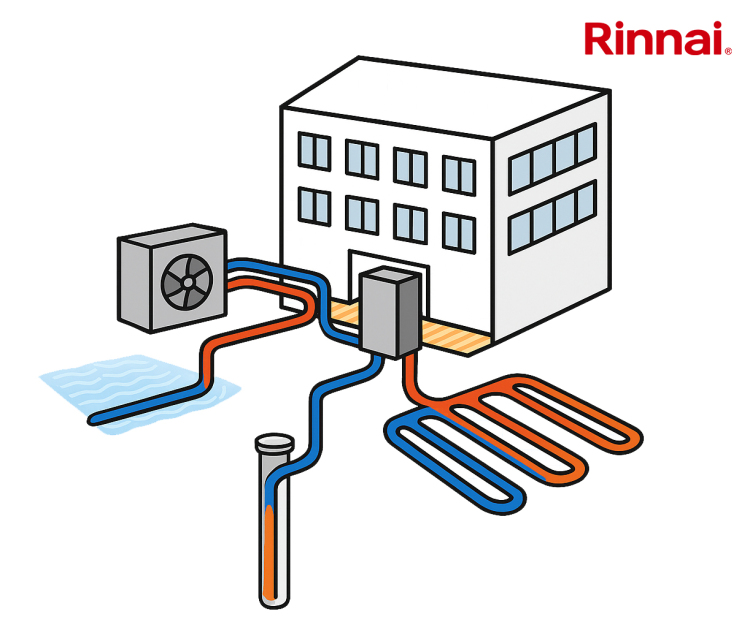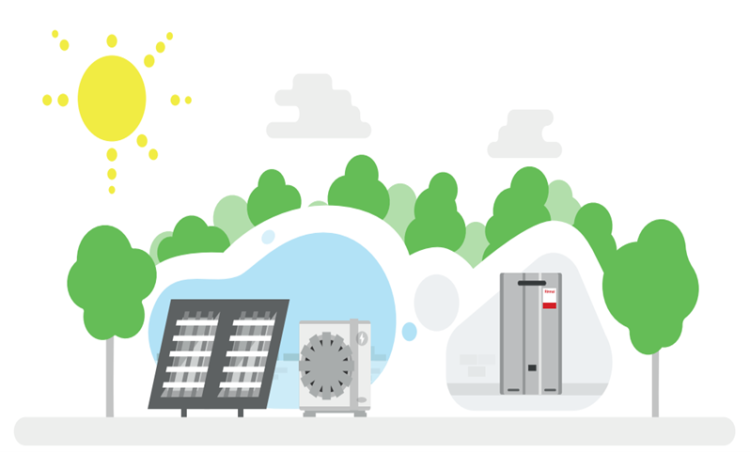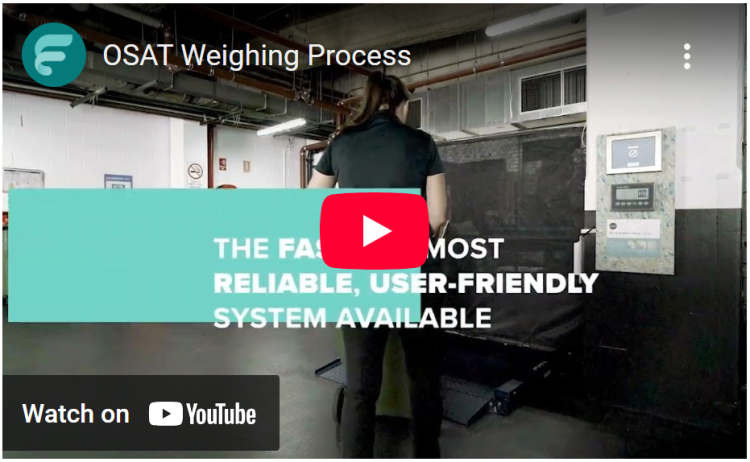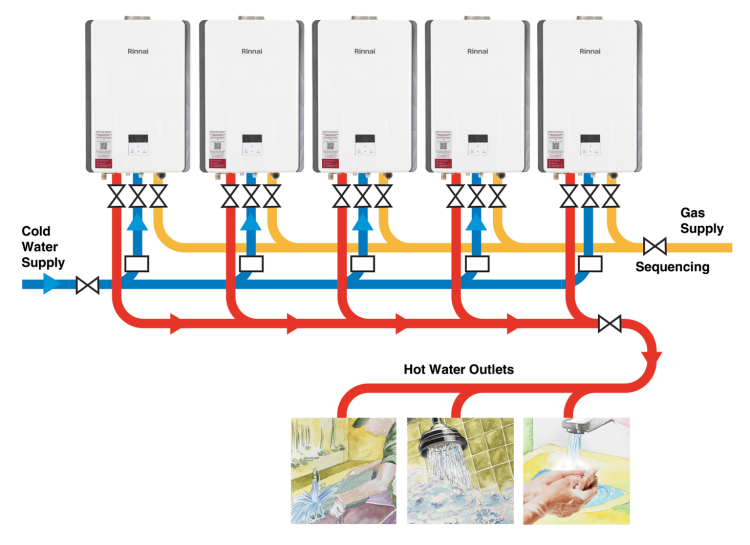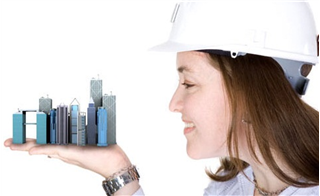25 February 2020
In this guest post, Bill Davidson, QSE Manager at grounds maintenance specialist Nurture Landscapes, addresses the misconception that being "green" means buying expensive products or imposing dramatic operational changes. Nurture Landscapes’ aim is “to be the most respected and nurturing landscaping company in the UK”.
It is a worrying trend that the majority of UK businesses are ill-prepared for the target of becoming a net-zero emissions country by 2050, with only 46% having plans in place to address their carbon output. What is more alarming is that almost a third of businesses aren’t even planning to be ‘carbon-neutral’ in spite of regulations set by the previous government.
Despite this gloomy outlook, around 60% of business owners do believe that business and industry will be key in the entire country becoming a leader in the continuing battle against climate change. The question is how?
"Many companies are of the view that to “be more green” results in greater expenses. And this makes them wary of publicly declaring their sustainable practices for fear customers will anticipate a cost increase coming their way. The reverse is more accurate"
– Bill Davidson
QSE Manager, Nurture Landscapes
Many companies are of the view that to “be more green” results in greater expenses. And this makes them wary of publicly declaring their sustainable practices for fear customers will anticipate a cost increase coming their way.
The reverse is more accurate. By assessing the areas where the highest amount of energy is spent, processes to cut back on wastage can be realised. The money this saves can be fed back into other areas of the business, or even better, reduce costs to the customer. Then there are the simple methods we all should be doing, such as recycling where possible and switching off equipment – everyday activities taken for granted yet still contribute to environmental protection.
Green options actually cheaper than fossil fuels
Of course, there are some products that are indeed more expensive and there is often an initial investment involved somewhere along the way. To give an example, companies have been wary of switching to renewable energy because of the misconception that doing so leads to increased utility bills – the truth is, green energy costs are set to become less expensive than fossil fuels in the near future.
Minor adaptations within a business or an office are living proof of where businesses can be proactive in addressing their environmental responsibilities and still keep the bottom line healthy. In the early days, energy efficient light bulbs were dim, took an age to brighten, and were incredibly expensive for property owners. Now, with the introduction of new LED lights which consume around 60% less energy than traditional bulbs, which are also much cheaper than their predecessors, energy-saving lighting is more accessible.
On another note, certain lighting fixtures using traditional high-wattage bulbs may look great aesthetically, but produce vast amounts of wasted heat energy, therefore becoming more expensive to run long-term. Again, low-wattage bulbs are a much more cost-effective method.
And because they produce less heat energy, low-wattage bulbs pose less of a fire risk, therefore lowering insurance premiums, resulting in further cost savings.
"A sustainable mindset"
Adopting a sustainable mindset is not limited to actions taken inside the office. If businesses are to commit to tackling their environmental responsibilities, which the majority feel they should be doing anyway, they need to look at where they source their energy from in the first place.
Photovoltaic cells, better known as PV cells or solar panels, draw energy from the Sun, meaning they are at their peak effectiveness during the times people are more likely to be at their desks. What perhaps is not well-known is that these cells are efficient in energy management.
Though the initial cost of installing a solar PV system varies, it will deliver electricity locally at a rate of roughly 5p per kWh. That is even with the cost of maintenance and day-to-day operations factored in. When you consider that the Grid currently supplies at rate of approximately 15p per kWh, the long-term cost savings are there to see.
Even on a cloudy day, PV cells still maintain effectiveness. The energy they take from the sky is stored energy, meaning that the lights will not turn off if the Sun goes behind a cloud, and even if there is a prolonged period of poor light, power then switches back to the Grid. In other words, PV cells ease pressure on the Grid and reduces energy expenditure, which in turn, eases pressure on the bottom line.
For businesses operating fleets or machinery, this extends even further.
Most of the energy at this type of business is fuel – often diesel used in vans or for powering equipment. It is understandable for businesses operating smaller cars to make the switch to electric vehicles, especially when considering these vehicles will be exempt from company car tax this year, but businesses are still hesitant about the actual logistics of operating electric vehicles.
One of the main issues is the range of electric vehicles may not necessarily be enough to get an employee to the office and back in a single charge. Business parks and service stations, aware of this problem, are starting to provide EV charging ports at their sites; this allows the vehicle to be charged while the owner attends a meeting for example.
And to take this one step further, the new Workplace Charging Scheme is an added incentive for installing EV ports at a particular business.
The importance of community
However, for all the incentives and debates about what the global community should be doing to be smarter with energy use, demonstratable action is still languishing. The plans and policies being put together need to be part of wider conversations so that businesses can effectively contribute to the national target of an 80% reduction in emissions by 2050 required for achieving net-zero.
Proudly showcasing what actions are being taken at a particular site, as we ourselves have with the installation of our solar panels and EV ports and a move towards battery-powered equipment, shows customers that a business is serious about the environment. In addition, younger generations of today are amongst the most environmentally conscious, therefore positioning a business as having strong green credentials even acts as a key recruitment tool.
These credentials can be shown out in the community through awareness days and educational programmes, reinforcing local connections and putting the business as championing a cause that affects every person on the planet.
Every single one of us can play our part in addressing climate change. And we don’t necessarily have to do anything particularly drastic either. Whether it’s making a concerted effort to follow the three Rs – reduce, reuse, recycle - use less electricity, or cutting down on the use of plastics, small actions by all of us are essential in addressing the climate crisis, without costing the earth in the process.
Picture: Being A Green Business Doesn’t Cost The Earth
Article written by Bill Davidson | Published 25 February 2020
Share
Related Articles
Scrutinising MEP Systems to Unlock Carbon Savings in the Built Environment
Can the built environment unlock substantial carbon savings by scrutinising mechanical, electrical and plumbing systems?
Max Gibbens, Senior Environmental Consultant...
Read Full Article
The UK’s Largest Net-Zero Housing Development
Barratt Redrow is set to deliver the UK’s largest net-zero carbon housing development.
With 576 new homes, a new primary school, open space, community buildings,...
Read Full Article
Revolutionising HVAC – Reducing Emissions for a Sustainable Future
Luke Gorman from ABM explores the impact of HVAC on the environment and how facilities management now functions as a strategic ESG partner.
Luke graduated from...
Read Full Article
Building Research Establishment to Lead on Future Homes Standard Methodologies
The Building Research Establishment will work with the Department for Energy Security and Net Zero to develop both the Home Energy Model product recognition system and...
Read Full Article
SBTi Seeks Feedback for Corporate Net-Zero Standard Updates
The Science Based Targets initiative is seeking feedback on new proposals to change how companies set & deliver net-zero targets.
Watch the...
Read Full Article
NHS Property Services Launches Green Plan
NHS Property Services has unveiled a three year plan to reach net-zero carbon by 2040.
The body’s previous green plan, launched in 2022, saw 960...
Read Full Article
Government Proposes Plan to Increase Use of Timber in Construction
Plans to increase the use of timber in construction to boost economic growth, rural jobs & housebuilding targets, have been announced by the...
Read Full Article
The Planet Mark Launches Net-Zero Certification Programme
ThisWeekinFM Partner Planet Mark has launched its accessible net-zero programme for businesses.
Recognised by the United Nations Framework Convention on Climate Change...
Read Full Article
75% of FM Companies Say They’re On Track to Become Net-Zero by 2050
IWFM’s Sustainability Report 2024 has identified widespread intent to meet the 2050 deadline for net-zero, with 75 per cent of surveyed organisations saying...
Read Full Article
Historic Environment Scotland’s Retrofit Project Halted
Plans to find a new home for Historic Environment Scotland’s archives have been halted due to the rising cost of materials and labour.
Archive House, an existing...
Read Full Article


.gif)
.gif)

.gif)



.png)


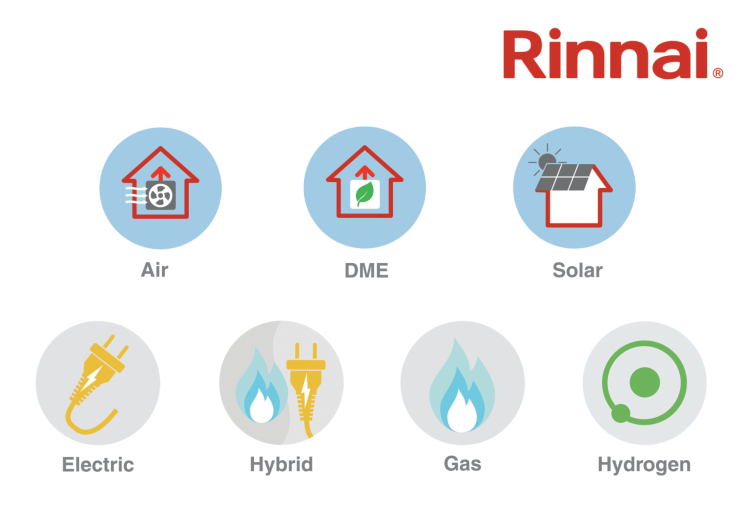
.png)
